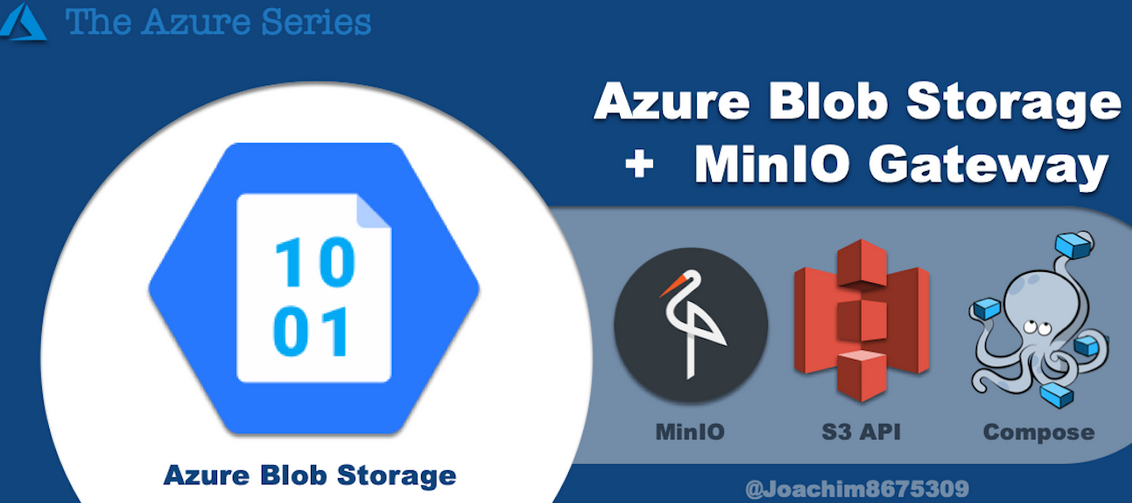10 January, 2024
0 Comments
4 categories
Tightly coupled components
The components in a monolithic architecture are tightly coupled, meaning they are interconnected and dependent on each other. This tight coupling makes the system less flexible and harder to manage as it grows. It also makes it challenging to adopt new technologies or frameworks, as changes in one component can have a ripple effect on others.
The upsides of monolithic
Monolithic architecture has been the go-to approach for software development for many years, and it is not without good reason. Here are some of the key advantages:
- Simplicity in development: One of the most significant benefits is the simplicity of the development process. All the code resides in a single codebase, making it easier to manage and navigate.
- Ease of deployment: With a single codebase, the deployment process is straightforward. You don’t have to worry about deploying multiple services as you would in a microservices architecture.
- Holistic view for developers: Developers can easily see how different components interact, which can speed up the development process and make debugging simpler.
- End-to-end testing: Testing is often easier to set up and execute because you are dealing with a single, unified codebase. This makes end-to-end testing more straightforward.
- Shared resources: All components share the same system resources, which can be an advantage in terms of data consistency and transaction management.
- Mature technology stack: Monolithic architectures have been around for a long time, meaning they are well-understood, and there’s a wealth of knowledge and tools available for development and troubleshooting.
- Initial cost efficiency: For small to medium-sized projects, a monolithic architecture can be more cost-effective initially, both in terms of development time and infrastructure costs.
The downsides of monolithic
Despite its advantages, monolithic architecture has several limitations, especially as applications grow in complexity and scale. Here are some of the key downsides:
- Limited scalability: One of the most glaring limitations is the difficulty in scaling specific functionalities. You have to scale the entire application even if only one feature experiences high demand.
- Codebase complexity: As the application grows, so does the codebase, making it increasingly challenging to manage and understand.
- Longer build and deployment cycles: A larger codebase means longer build times, which can slow down the development process and make continuous deployment challenging.
- Tight coupling of components: Components in a monolithic architecture are tightly coupled, making the system less flexible and increasing the risk of a small change affecting multiple areas of the application.
- Technology lock-in: The architecture often restricts you to a specific technology stack, making it difficult to adopt new, more efficient technologies over time.
- Resource inefficiency: Because you have to scale the entire application, you may end up provisioning resources for components that don’t necessarily need it, leading to inefficiency and increased costs.
- Collaboration challenges: In a large development team, developers may find it difficult to work on different features simultaneously without stepping on each other’s toes due to the tightly coupled nature of the components.
Category: Cons of microservices, Exams of Microsoft, Loosely coupled components, Microsoft AWS Exams



